Visitors to Iran often opt to skip Tehran, reducing it to nothing more than heavy traffic and smog. But the capital city has plenty of charm and beauty with its concrete skyline set against the backdrop of the majestic Alborz mountains. Home to some 10 million people, in no other city, will you get a better glimpse of contemporary life in Iran than in Tehran. Here’s our mini guide to Tehran to get the most out of this underrated city. And as always, remember that you can book all your travel and accommodation needs in Tehran with 1stQuest.
Weather
Tehran is surrounded by mountains and has four seasons with little to no humidity. Winters are cold and snowy, spring and fall are mild and rainy, and summer can be scorching through the dry heat makes it somewhat more tolerable. As with most places, it’s best visited in the spring or fall.
Where to go
Bazaars
Tehran has two main bazaars: the Grand Bazaar in the south and Tajrish Bazaar in the north. The Grand Bazaar has everything from carpets to homeware to fabric and is a great place to buy souvenirs. Tajrish Bazaar is less chaotic than its counterpart and is the go-to locale for fresh and hard-to-find produce. It also the place in Tehran to catch the spirit of Nowruz preparations.
Palaces
Take a history lesson of Iran’s former monarchies by visiting 3 royal palaces in the capital city. The UNESCO-listed Golestan Palace, conveniently located near the Grand Bazaar, is a stunning cluster of royal buildings that once served as the Qajar dynasty’s seat of government. While the Marble Throne, Karim Khan Nook, and striking Shams-ol Emareh (whose clock was gifted to Nasser al-Din Shah by Queen Victoria) are highlights not to be missed, most visitors can’t seem to get enough of the vibrant tiled walls enclosing the palace.
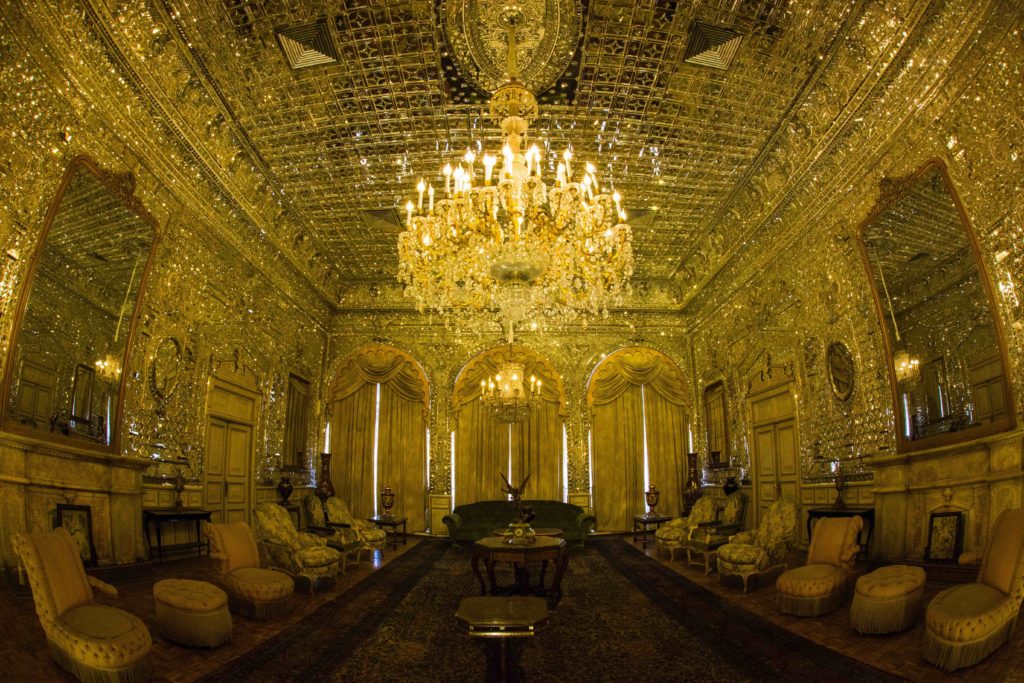
Golestan Palace | Photo by Steven Su on Unsplash
To the north of the city, you’ll find the Sa’ad Abad Complex, the luxurious summer residence of the last ruling monarchy. The 18 buildings sit in a tranquil 100-hectare green space in the foothills of Darband, and each requires a separate entrance ticket. If you’re pressed for time, we recommend hitting the 54-room White Palace and the extravagant marble Green Palace. The National Art Museum contains a selection gathered by Farah Diba, and the Royal Costume Museum with its eclectic collection of traditional tribal dresses and European haute couture are also worth stops.
Lying within the confines of a five-hectare, well-manicured garden is Niavaran Palace, the main residence of the former Shah and his family during the last decade of their rule. Here, we are offered a window into their once lavish lifestyle. The retractable roof in the center of the main mansion is architecture goals while Ahmad Shah Pavilion, the living quarters of the crown prince, remains eerily trapped in time. Just below is the Qajar-era Saheb Qaranieh Pavilion, which features grand halls and colorful, cozy nooks.
Towers
Completed in 1971, Azadi Tower is the symbol of Tehran and marks the west entrance to the city. 8,000 blocks of white marble from Isfahan were used in the construction of this tower, which combines both pre- and post-Islamic architecture. The cultural complex on which it sits integrates principles of the traditional Persian garden.
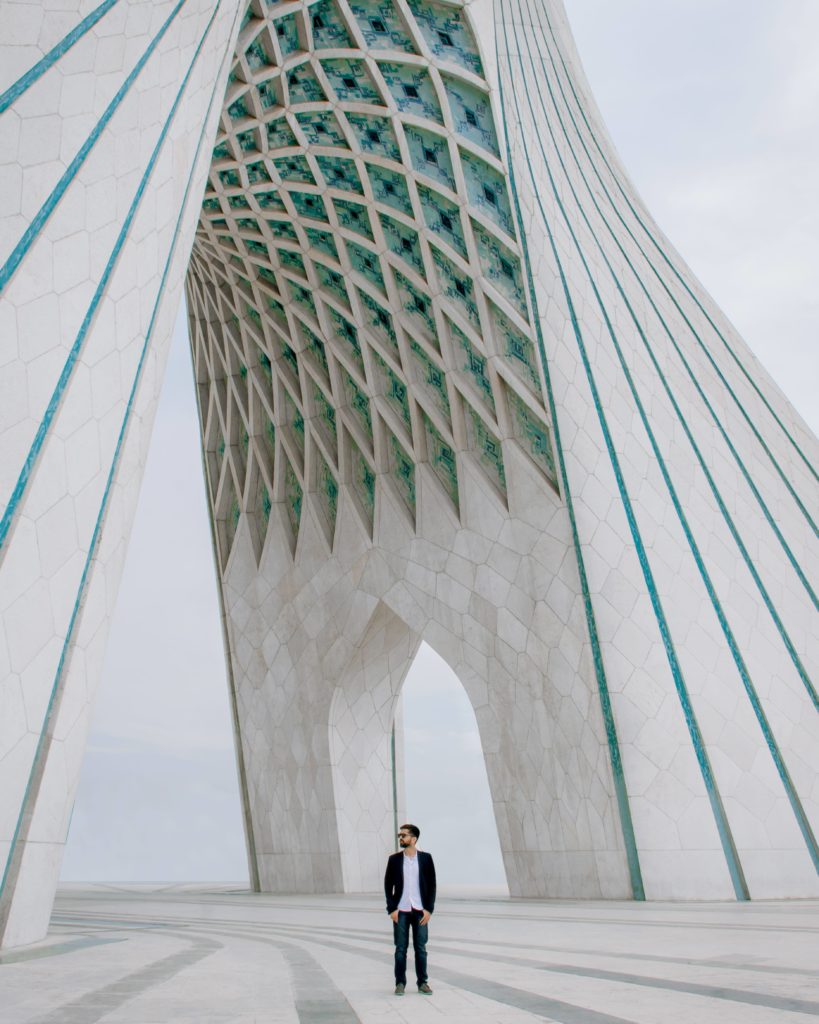
Azadi Tower | Photo by Shayan Hefzi on Unplash
Completed in the mid-2000s, Milad Tower is the sixth tallest of its kind in the world. The complete tour offers stops on several floors, but we recommend the shorter option which features the 360-degree panorama view of the city. It’s an ideal spot to orient yourself to the vastness of Tehran.
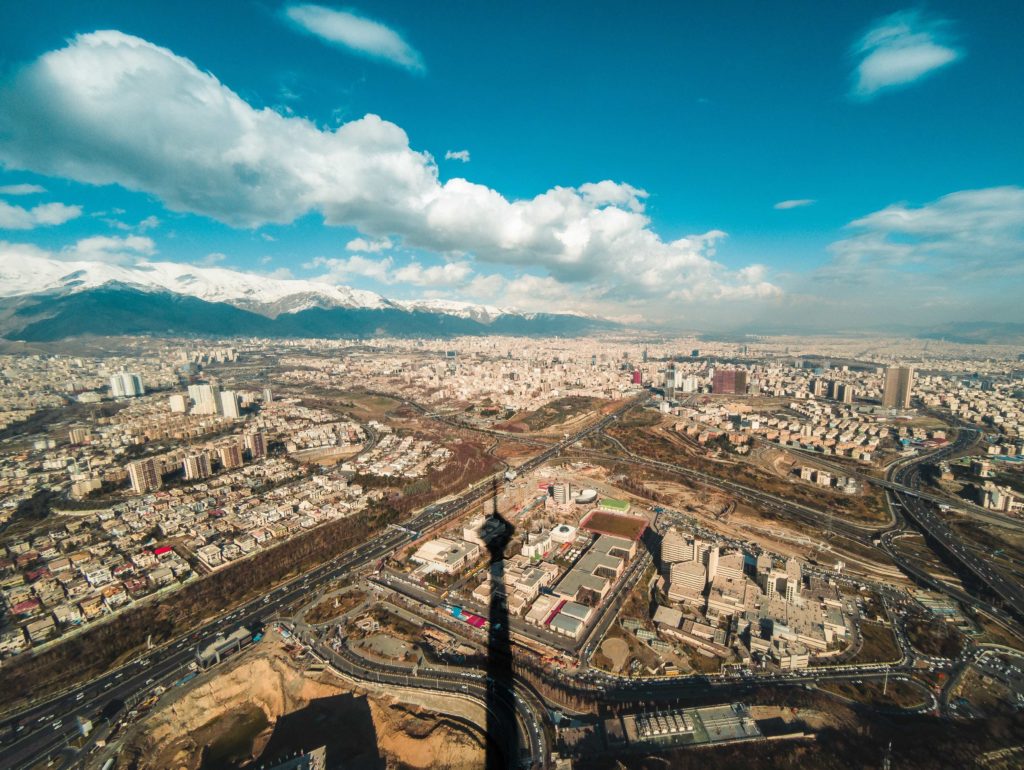
A view of Tehran from Milad Tower | Photo by Mahyar Motebassem on Unsplash
Museums
Tehran is known as the city of museums and offers many to understand Iran from a cultural, historical, and political viewpoint.
Located in the underground vault of the Central Bank of Iran, the National Jewelry Treasury shelters an opulent array of priceless gems, crowns, and other jewels worn by royal members of the Safavid, Qajar, and Pahlavi dynasties. Not to be missed are the Peacock Throne (a gem-studded daybed) and the 182-carat uncut pink diamond. Plan your visit in advance as openings are limited and security is tight.
The eye-opening Holy Defense Museum sits on a grand 21-hectare green space and provides a harrowing account of the eight-year war with Iraq, known as the Holy Defense in Persian. Projections and audio recreate the horrors of war and the besieged city of Khorramshahr while the garden grounds display rockets, tanks, and other artillery. Bordering on artistic at times, this museum offers valuable insight into modern Iran and an understanding of its people.
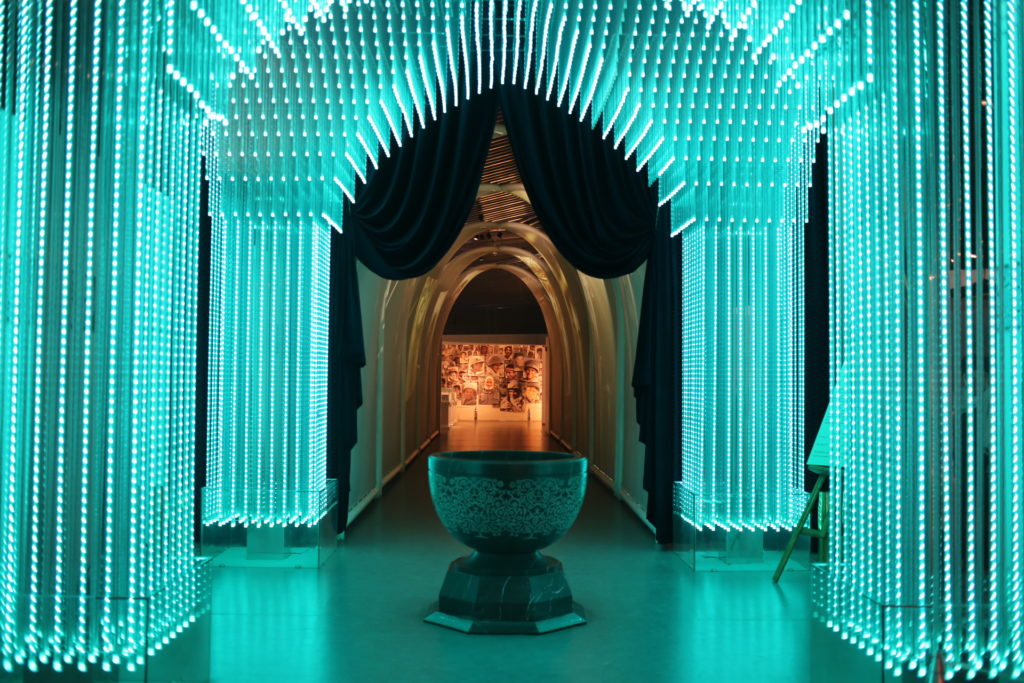
Holy Defense Museum in Tehran | Photo courtesy of Pontia Fallahi
See Monet, Pollack, and Rothko alongside contemporary Iranian artists such as Sohrab Sepehri and Parviz Tanavoli at Tehran Museum of Contemporary Art. The paintings and sculptures stored in the modern concrete building were largely amassed before 1979 to contain one of the most valuable collections of Western art outside Europe and North America. Art buffs should also check out the numerous art galleries that hold exhibitions of contemporary artists nearly every Friday.
Nature
One of the greatest things about Tehran is its proximity to nature. Ski enthusiasts traveling to Tehran in the winter will want to head to Tochal, Dizin, Shemshak or Darband Sar ski resorts. If you’re more in your element hiking, the trails at Tochal, Darakeh, and Darband are quite popular. For more experienced hikers, trekking up Damavand, the highest peak in Iran is a bucket list must. And during warmer months, a day trip out to Tange Voshi, a gorge replete with carved rock reliefs and Qajar-era ruins, will cool you off.
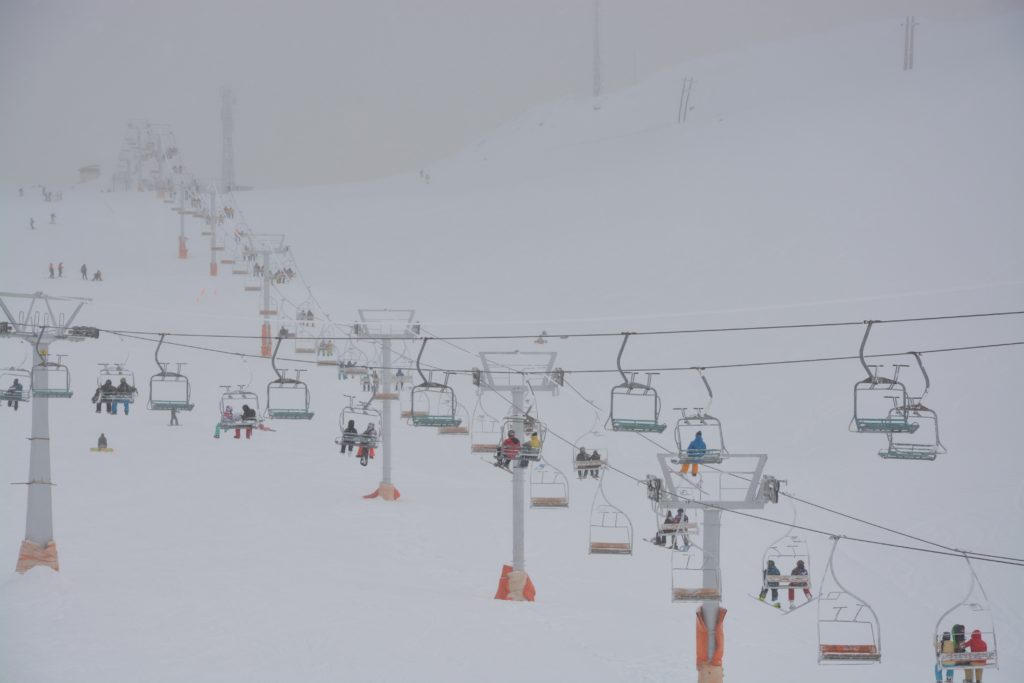
Skiing in Iran | Photo by Hosein Amiri on Unsplash
What to eat and drink
Kebab
You obviously can’t miss the most typical dish in Iran, steamed white rice with kebab. Try kubideh (ground beef or lamb), which is classic, or barg, a marinated fillet. Shishlik, skewered chunks of meat served on the bone, is for the heavy-duty meat eaters, but if you’re cutting down on red meat, then joojeh (chicken) kebab is the way to go. Be sure to wash down any of these varieties of kebab the traditional way with doogh (a diluted yogurt drink).
Khoresht
While khoresht (traditional stews served with rice) are typically made at home, restaurants have started adding a few to their menus (but the best remain the home-cooked ones). Ghormeh sabzi (an herb and kidney bean stew) or fesenjoon (chicken in a walnut-pomegranate sauce) are among the most loved. Chicken with barberry rice (zereshk polo) is also a widely favored dish.
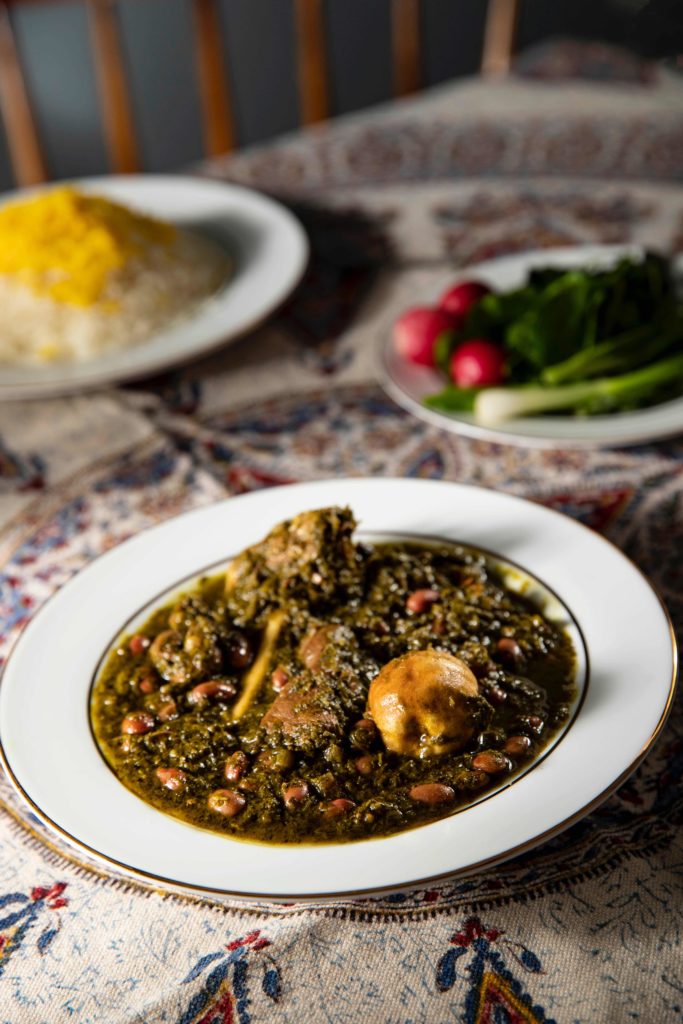
Ghormeh sabzi | Photo by Hessam Hojati on Unsplash
Dizi
Dizi is the traditional Iranian lamb, bean, and potato stew cooked in a clay pot. The broth is poured into a bowl of torn pieces of bread which soak it up. The other ingredients are mashed together at your table to form a paste that is also eaten with bread.
Ice cream and faloodeh
Iranians have a sweet tooth which is why you’ll notice so many ice cream shops and confectionaries. Try the traditional saffron-pistachio ice cream served between two wafers or the semi-frozen rice noodles known as faloodeh (or get the combo version). Fresh carrot juice with a scoop of the traditional ice cream is also a beloved favorite.
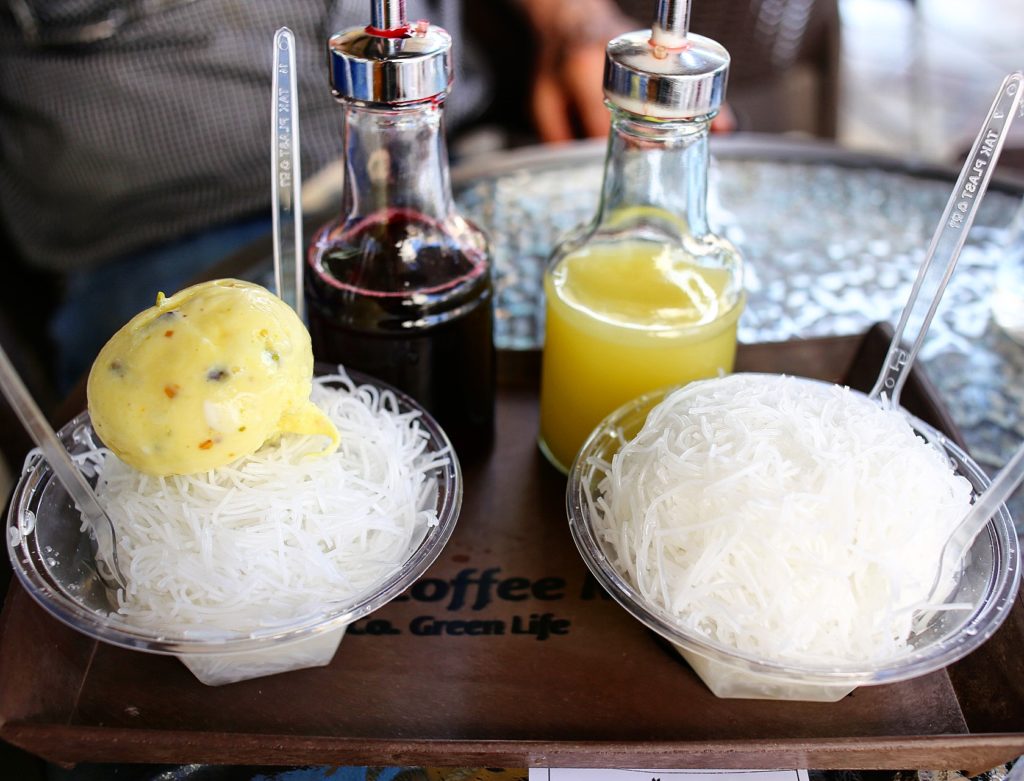
Saffron-pistachio ice cream and faloodeh | Photo courtesy of Pontia Fallahi
Where to eat and drink
Hestooran
As the name suggests, Hestooran is all about pleasing your senses (hes, in Persian). Arguably the most beautiful restaurant in Tehran, this traditional-meets-modern eatery emphasizes flavor and presentation with great attention to detail.
Dizi Sara Restaurant
When a restaurant has but one item on the menu, you know it’s done to perfection. And that’s what you get at Dizi Sara. For a flat per person rate, you can try dizi served alongside a variety of fresh herbs and pickled vegetables and a pitcher of doogh. Dessert includes bamieh (fried dough soaked in honey syrup) with hot Persian tea.
Moslem Restaurant
Iranians swear that you haven’t had an authentic Grand Bazaar experience unless (1) you’ve taken the metro there and (2) you’ve had lunch at Moslem. The food here is delicious, as evidenced by the line snaking out into the street (luckily it moves fast). But due to its popularity, the atmosphere can be a bit hectic (which some may find off-putting), throwing the idea of indulging in a leisurely lunch out the window.
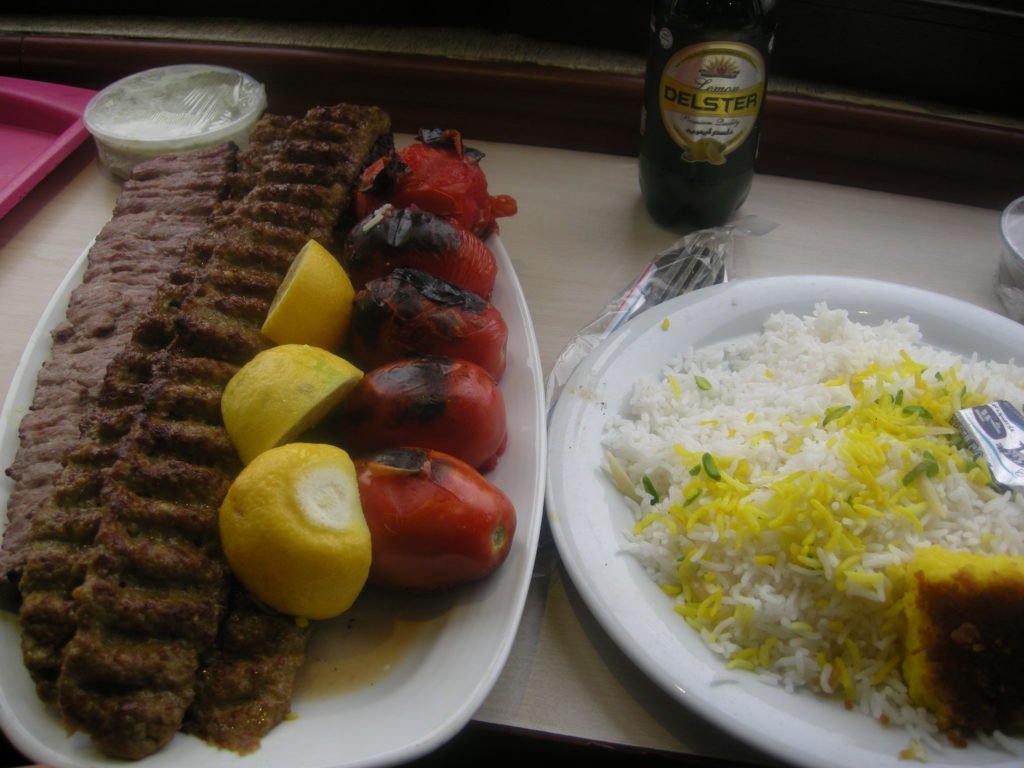
Kubideh kebab at Moslem Restaurant | Photo courtesy of Pontia Fallahi
Darband
Darband is one of the places locals go to enjoy kebab in a pleasant outdoor space. Just take a seat at whichever restaurant strikes your fancy along the trail. The northern end of Sa’ad Abad Palace leads into Darband, so it’s the perfect time to kill two birds with one stone by having lunch or dinner here either before or after your visit to the palace.
Zamin Restaurant
If you’re all kebab-ed out and in need of something lighter, try Zamin Restaurant, the only 100% vegan restaurant in Tehran. Their menu includes some delicious vegan takes on traditional Iranian dishes as well as international cuisine, all served in a peaceful outdoor garden.
Where to shop and what to buy
While each city in Iran has a typical traditional handicraft, Tehran is the city where you can find all of them together. From handmade cloths such as ghalamkari and termeh to metal work, turquoise, ceramics, and marquetry, you can find everything in Tehran.
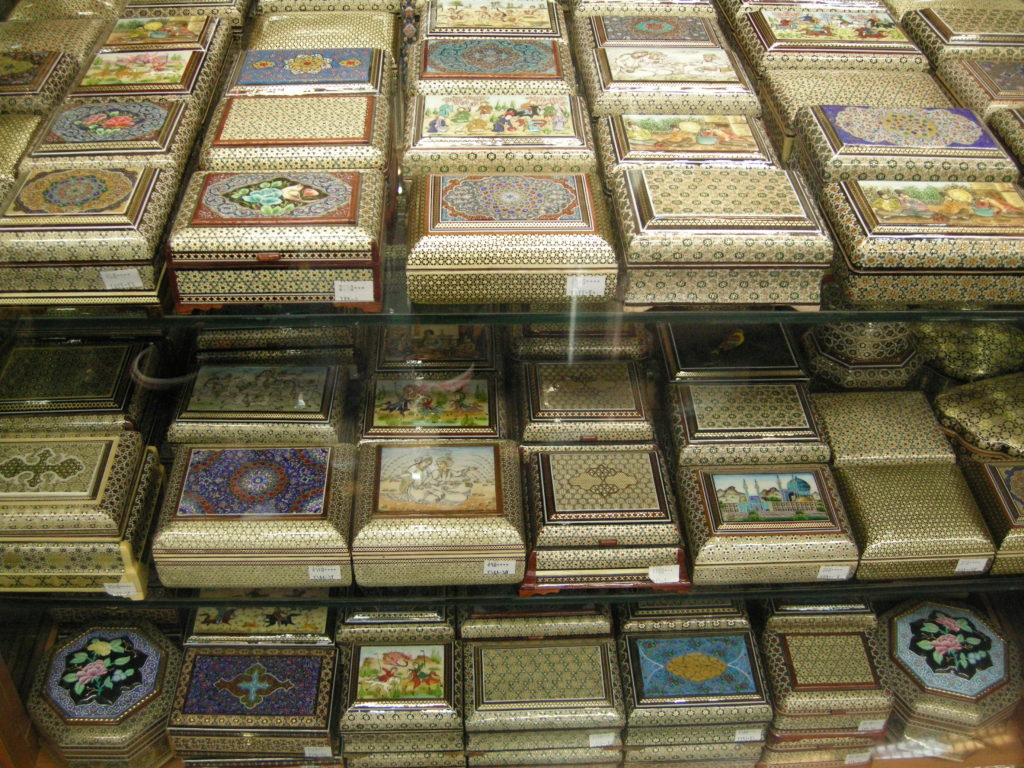
Khatam kari, or marquetry | Photo courtesy of Pontia Fallahi
One place to try is the Friday Bazaar, a must-have Tehran experience. Located on Jomhuri Street, this multi-story parking lot converts into a flea market on Fridays where you can find everything from dreamy antiques and plush rugs to stylish local fashion and modern ceramics. The Grand Bazaar is also a great place to find local crafts at bargain prices. Villa Street, lined with traditional handicraft stores, is one-stop shopping for quality gifts. Finally, you won’t want to miss Zeeen whose fashion, accessories, and home decor will add an elegant touch of contemporary Persian art to your home or wardrobe. (They also have a location in Naqsh-e Jahan Square in Esfahan.)
Where to stay
Espinas Palace
The lavish Espinas Palace is reminiscent of the hotels on the Vegas strip. Sitting high above the city in the northwest, this 5-star hotel offers some fantastic views of the city. Rooms range from standard boutique to junior, royal, and presidential suites. Equipped with a chic lobby, modern facilities, and exclusive restaurants, Espinas Palace is true luxury and comfort. you can book Tehran hotels easily through 1stQuest.
Eskan Hotel
The four-star Eskan Hotel with its cozy, clean rooms and friendly, helpful staff gives off the intimate vibe of a boutique hotel. Located in a quiet area with easy access to some of Tehran’s best sites, it offers excellent value for money.
Ibis Hotel
For frequent travelers, Ibis Hotel is the most practical option. Located just across the street from Imam Khomeini International Airport, the 196 pleasant rooms and exceptional facilities and restaurants provide the ideal accommodation for business travelers or those with long stopovers.
